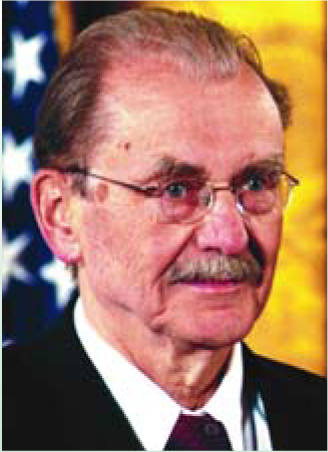President Bestows National Medals of Science and Technology
DOI: 10.1063/1.1995755
In a White House ceremony on 14 March, President Bush presented the National Medal of Science and the National Medal of Technology, the nation’s highest honors for scientific research and innovation. Among the eight recipients of the National Medal of Science are four who were recognized for physics-related research.
G. Brent Dalrymple was honored for “his pioneering work in determining the geomagnetic polarity reversal timescale; a discovery that led to the theory of plate tectonics,” according to the citation. He is a professor emeritus and former dean of Oregon State University’s College of Oceanic and Atmospheric Sciences.
One medal went to Riccardo Giacconi, University Professor in the department of physics and astronomy at the Johns Hopkins University. He was cited for “his pioneering research in x-ray astronomy and for his leadership of major astronomy facilities.”
John M. Prausnitz, professor of chemical engineering at the University of California, Berkeley, was recognized for “his development of engineering-oriented molecular thermodynamics, which provides a scientific method for the design, construction, and operation of chemical manufacturing plants toward economic efficiency, safety, minimum energy consumption, and environmental protection.”
Solomon H. Snyder garnered a medal for “contributions to the understanding of neurotransmitters, their receptors in the nervous system, mechanisms of action of psycho-active drugs, and pathways of signal transduction in the brain.” He is a Distinguished Service Professor of neuroscience, pharmacology, and psychiatry at the Johns Hopkins University School of Medicine.
Among the three individuals, two companies, and one team honored with the National Medal of Technology was Jan D. Achenbach, Distinguished McCormick School Professor and Walter P. Murphy Professor in the departments of mechanical engineering and civil and environmental engineering at Northwestern University. He was recognized for “seminal contributions to engineering research and education and for pioneering ultrasonic methods for the detection of cracks and corrosion in aircraft.”

Dalrymple
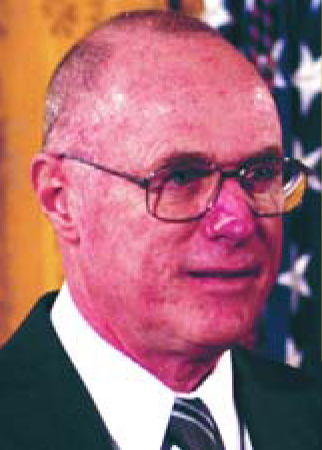

Giacconi
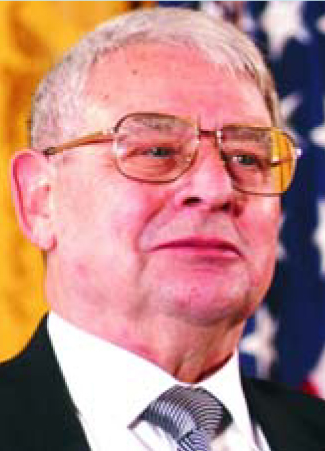

Prausnitz
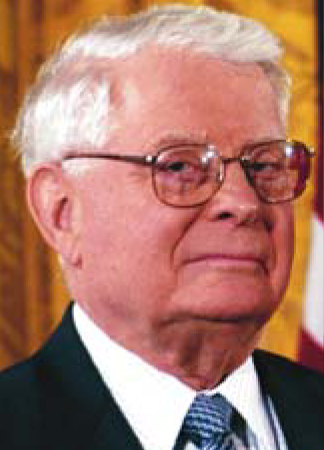

Snyder
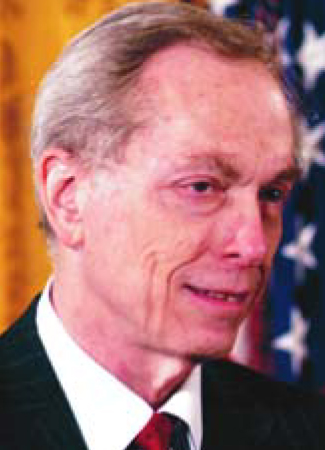

Achenbach
